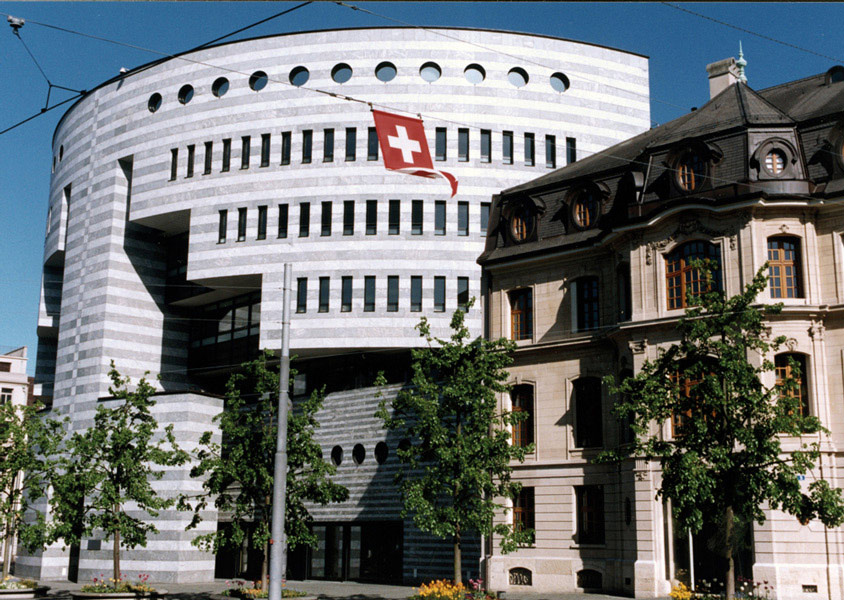This report presents the results of the Basel Committee’s latest Basel III monitoring exercise based on data as of 30 June 2016. The Committee established a rigorous reporting process to regularly review the implications of the Basel III standards for banks, and it has published the results of previous exercises since 2012. Data have been provided for a total of 210 banks, comprising 100 large internationally active banks. These “Group 1 banks” are defined as internationally active banks that have Tier 1 capital of more than €3 billion, and include all 30 banks that have been designated as global systemically important banks (G-SIBs). The Basel Committee’s sample also includes 110 “Group 2 banks” (ie banks that have Tier 1 capital of less than €3 billion or are not internationally active).
On a fully phased-in basis, data as of 30 June 2016 show that virtually all participating banks meet both the Basel III risk-based capital minimum Common Equity Tier 1 (CET1) requirement of 4.5% and the target level CET1 requirement of 7.0% (plus the surcharges on G-SIBs, as applicable). Between 31 December 2015 and 30 June 2016, Group 1 banks continued to reduce their capital shortfalls relative to the higher Tier 1 and total capital target levels; in particular, the Tier 2 capital shortfall has decreased from €5.5 billion to €3.4 billion. As a point of reference, the sum of after-tax profits prior to distributions across the same sample of Group 1 banks for the six-month period ending 30 June 2016 was €263 billion. In addition, applying the 2022 minimum requirements for Total Loss-Absorbing Capacity (TLAC), 18 of the G-SIBs in the sample have a combined incremental TLAC shortfall of €318 billion as at the end of June 2016, compared with €416 billion at the end of 2015.
Liquidity requirements
The monitoring reports also collect bank data on Basel III’s liquidity requirements. Basel III’s Liquidity Coverage Ratio (LCR) was set at 60% in 2015, increased to 70% in 2016 and will continue to rise in equal annual steps to reach 100% in 2019. The weighted average LCR for the Group 1 bank sample was 126% on 30 June 2016, slightly up from 125% six months earlier. For Group 2 banks, the weighted average LCR was 155%, up from 148% six months earlier. Of the banks in the LCR sample, 88% of the Group 1 banks and 94% of the Group 2 banks reported an LCR that met or exceeded 100%, while all Group 1 and Group 2 banks reported an LCR at or above the 70% minimum requirement that was in place for 2016.
Basel III also includes a longer-term structural liquidity standard – the Net Stable Funding Ratio (NSFR). The weighted average NSFR for the Group 1 bank sample was 114%, while for Group 2 banks the average NSFR was 115%. As of June 2016, 84% of the Group 1 banks and 86% of the Group 2 banks in the NSFR sample reported a ratio that met or exceeded 100%, while 98% of the Group 1 banks and 96% of the Group 2 banks reported an NSFR at or above 90%.
The results of the monitoring exercise assume that the positions as of 30 June 2016 were subject to the fully phased-in Basel III standards as agreed up to end-2015. That is, they do not take account of the transitional arrangements set out in the Basel III framework, such as the gradual phase-in of deductions from regulatory capital. Furthermore, the report does not reflect any standards agreed since the beginning of 2016, such as the revisions to the market risk framework (analysed separately in a special feature). No assumptions were made about bank profitability or behavioural responses, such as changes in bank capital or balance sheet composition. For that reason, the results of the study may not be comparable with industry estimates.



